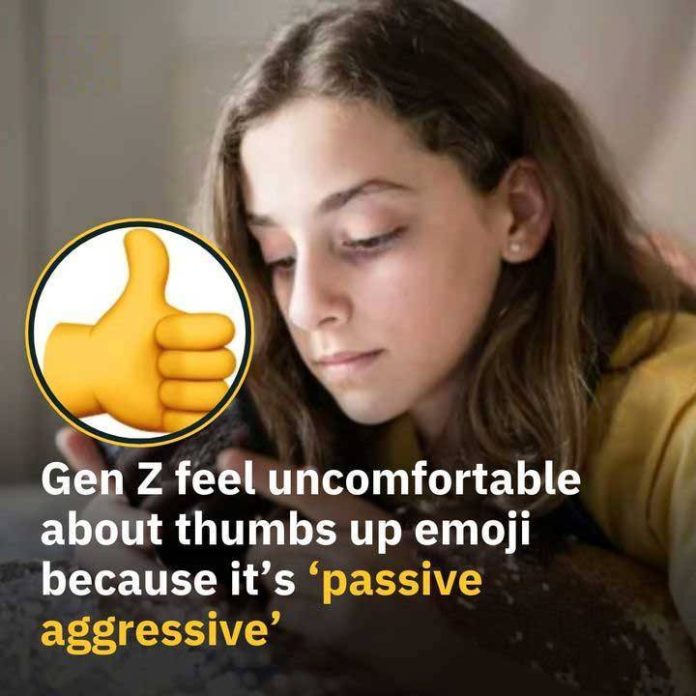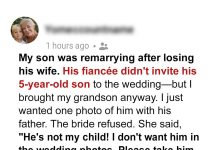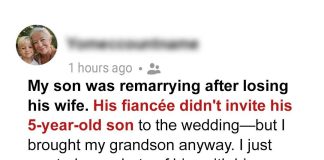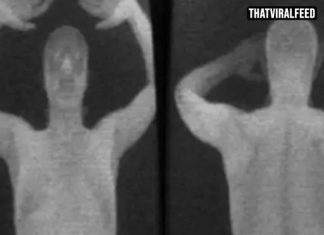Emojis have become an integral part of modern digital communication, serving as visual cues that convey emotions, reactions, and nuances often lost in plain text. However, their interpretation and usage can vary significantly across different generations, leading to diverse understandings and potential miscommunications.
Generational Perspectives on Emoji Usage
A study highlighted by Secret Life of Mom delved into how various age groups perceive and utilize emojis. Jo, representing Generation Z (born approximately between 1997 and 2012), noted that their peers often employ emojis ironically or humorously, rather than adhering to their literal meanings. This generation is accustomed to rapid shifts in digital trends, necessitating a constant adaptation to new forms of expression. For instance, the “Face with Tears of Joy” emoji (😂), once widely used to denote genuine laughter, has seen a decline in popularity among Gen Z, who might opt for the “Skull” emoji (💀) to signify that something is hilariously funny, implying “I’m dead” from laughter.

In contrast, Sam, a Millennial (born between 1981 and 1996), observed that younger individuals tend to use emojis as a form of punctuation or brief responses, while older generations employ them more earnestly. Millennials often use emojis to add emotional context to their messages, enhancing clarity and conveying tone. For example, the “Thumbs Up” emoji (👍) is commonly used by Millennials to express approval or agreement. However, it’s noteworthy that this same emoji is perceived by some Gen Z users as passive-aggressive or dismissive, highlighting the evolving interpretations of emoji meanings.
Ant, a member of Generation X (born between 1965 and 1980), indicated a preference for using emojis in response to others’ messages rather than initiating their use. This generation may appreciate the added nuance that emojis provide but often relies on traditional text-based communication. Similarly, Mike, a Baby Boomer (born between 1946 and 1964), suggested that older generations are generally less inclined to use emojis compared to their younger counterparts, possibly due to less familiarity with digital trends or a preference for more formal communication styles.
Interpretations of Specific Emojis
The study further explored how different generations interpret specific emojis:
- “Melting Face” Emoji (🫠): Jo associated it with a disdainful reaction or reluctance, while Michael (another Gen Z participant) linked it to being bothered by something. Em and Sam (Millennials) felt it represented feeling overwhelmed by negativity. Ant (Gen X) was unsure of its meaning, and Mike (Baby Boomer) viewed it as indicating a negative or unpleasant situation.
- “Rolling on the Floor Laughing” Emoji (🤣): Jo mentioned using it ironically to imitate others, Em suggested its use in formal settings to clarify humor, Ant associated it with intense laughter, and Mike believed it signified something incredibly funny.
- “Skull” Emoji (💀): Jo perceived it as conveying an “I’m dead” vibe or substituting for “bruh,” Michael associated it with indicating something stupid, Em described its use in contexts where laughter or shock is expressed, Sam related it to death from embarrassment or shock, while Ant and Mike hadn’t used it frequently but might associate it with toxicity or death.
- “Loudly Crying Face” Emoji (😭): Jo and Michael related it to laughing at something inappropriate or traumatic, Em associated it with expressing emotions such as beauty or cuteness, Sam mentioned it as her most used emoji, indicating happiness or feeling loved, and both Ant and Mike associated it with sadness or emotional situations.
Cultural and Contextual Variations
Beyond generational differences, cultural contexts also play a significant role in emoji interpretation. For instance, the “Sign of the Horns” emoji (🤘) is typically synonymous with rock ‘n’ roll in many Western cultures. However, in some Mediterranean and Spanish-speaking countries, this gesture can imply that someone is a cuckold, highlighting the importance of cultural awareness in digital communication.
Similarly, the “Thumbs Up” emoji (👍), while generally seen as a positive affirmation in many cultures, can be interpreted as offensive in countries like Greece and parts of the Middle East. This underscores the necessity of understanding cultural nuances when using emojis in a global context.
The Evolution of Emoji Meanings
Emojis are not static; their meanings and connotations evolve over time, influenced by cultural shifts, technological advancements, and generational changes. For example, the “Face with Tears of Joy” emoji (😂) was named the Word of the Year by Oxford Dictionaries in 2015 due to its widespread use and representation of the year’s ethos. However, by the early 2020s, its popularity began to wane among younger users, who started favoring other symbols to express laughter or amusement.
This evolution reflects the dynamic nature of digital communication and the continuous reinterpretation of symbols by different user groups. As new emojis are introduced and societal norms shift, the meanings attributed to these symbols can change rapidly, sometimes leading to misunderstandings between individuals who ascribe different interpretations to the same emoji.
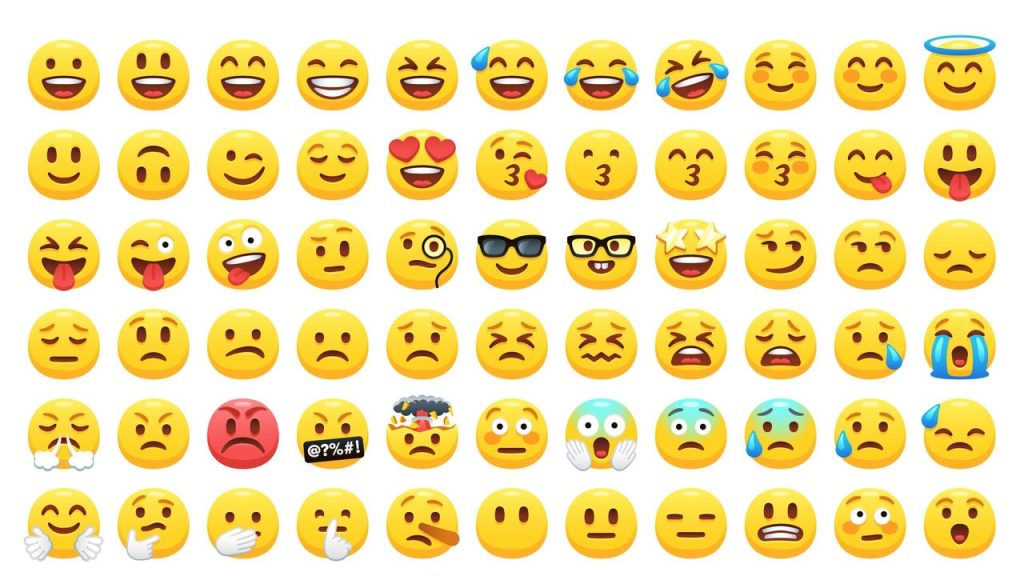
Conclusion
Emojis have become a universal tool in digital communication, bridging gaps in language and adding emotional nuance to text. However, their interpretation is far from uniform, varying across generations and cultures. Understanding these differences is crucial for effective communication, as the same emoji can convey different meanings to different people. As digital communication continues to evolve, staying attuned to these variations will help ensure that our messages are received as intended, fostering clearer and more inclusive interactions across diverse groups.

